Historia de naranjito: Naranjito – Prefectura del Guayas
5 de octubre de 1972 celebramos cantonización de Naranjito
by
Hazte Ver Ecuador
5 octubre, 2022
9 min read
La ciudad de Naranjito, en el pasado, pertenecía al cantón Milagro, pero un 5 de octubre de 1972, finalmente fue reconocido como cantón autónomo.
El Gral. Guillermo Rodríguez Lara, fue quién decretó la elevación a cantón de Naranjito, además lo integró con parroquias rurales: Bucay, Lorenzo de Garaycoa y Marcelino Maridueña.
El cantón Naranjito surge gracias al presidente Vicente Rocafuerte, y a las personas que llegaron de España, quienes se posesionaron donde hoy es el cantón Naranjito.
El Dr. Vicente Rocafuerte fue quien fundó Naranjito por su climatología muy pródiga, por la vegetación, como madera de chapul, tangará, pechiche, amarillo, higuerones, etc.
La historia de Naranjito está plagada de episodios heroicos escritos durante la Revolución Liberal.
Actualmente el cantón Naranjito se comunica con el cantón Maridueña a través de la carretera lastrada, el Naranjito se sitúa al este de la provincia.
Su cantonización se llevó a cabo mediante el Decreto Supremo No. 1148, posteriormente modificado con Decreto No. 1455 del 5 de agosto de 1972.
Historia del cantón Naranjito
La población es muy antigua, aunque en los años de la colonia no tuvo mayor importancia.
En la República, el 21 de junio de 1873 fue creada como parroquia rural del cantón Yaguachi, al que perteneció hasta el 17 de septiembre de 1913.
Al crearse el cantón Milagro, Naranjito pasó a pertenecer a esa nueva jurisdicción.
Acerca del cantón Naranjito
El cantón tenía abundancia de Achiotillo, planta que en España se conocía con el nombre de Naranjito, por tal razón don Jacinto Bejarano bautizó con el nombre de Naranjito a su fundo.
Don Jacinto Bejarano
Luego la comunidad costumbrista fue grabándose este nombre que hoy es un nuevo y pujante cantón de la República del Ecuador.
La mayor producción de Naranjito es la caña de azúcar que se la vende a los ingenios Valdez y San Carlos, le sigue en importancia el banano con 50.000 cajas a la semana.
Uno de sus principales atractivos turísticos de este cantón es el Balneario «La Unión», con cabañas en la rivera en donde se puede gozar de la música nacional y la sabrosa comida criolla.
Te puede interesar: Un refugio de vida silvestre en Esmeraldas
Ubicación del cantón Naranjito
El cantón Naranjito está ubicado al este de la provincia; divide en dos partes al territorio del cantón Milagro.
Este cantón se encuentra, como los demás cantones pertenecientes a la Provincia del Guayas, con una buena infraestructura de red vial.
Sus límites son: al norte con el cantón Simón Bolívar, al sur con Marcelino Maridueña, al oeste con Milagro, y al este con Bucay.
La extensión de su territorio es de 225,8 km2 y su población es de 31.256 habitantes aproximadamente. Su cabecera cantonal Naranjito está a 66 km de Guayaquil.
Clima de Naranjito
Su clima es ardiente, cálido y húmedo, con abundantes lluvias en la época de invierno, lo que influye en la riqueza agrícola de cultivos.
Los principales ríos son el Milagro y el Chimbo al Norte y Sur, respectivamente.
Río Milagro
Flora y Fauna de Naranjito
Existen cultivos como: banano, caña de azúcar, café, yuca, maíz, maderas, y frutas tropicales como naranjas, mandarinas, piñas, maracuyá etc.
Tiene una gran producción de piña, cacao, maíz, yuca, café y frutas tropicales.
Existe una variada fauna tanto en haciendas como en sus montañas. Hay industrias derivadas de la producción de caña de azúcar. Se fabrica panela, miel, guarapo, aguardiente.
Fuentes: Cartelera Suem | LHistoria | Prefectura del Guayas
Si te gustó comparte
Esta es la historia de Naranjito, la inolvidable mascota del Mundial de España 82
Uno de los aspectos más comentados de la ceremonia inaugural del Mundial de Fútbol de Qatar fue el baile de las mascotas de los anteriores campeonatos y del actual y, entre todas ellas, tuvo un gran protagonismo Naranjito, el simpático personaje que puso rostro amable y sonriente al Mundial de España 82 y al que, al menos en nuestro país, se le considera ya todo un símbolo nacional y un referente de los movidos años 80.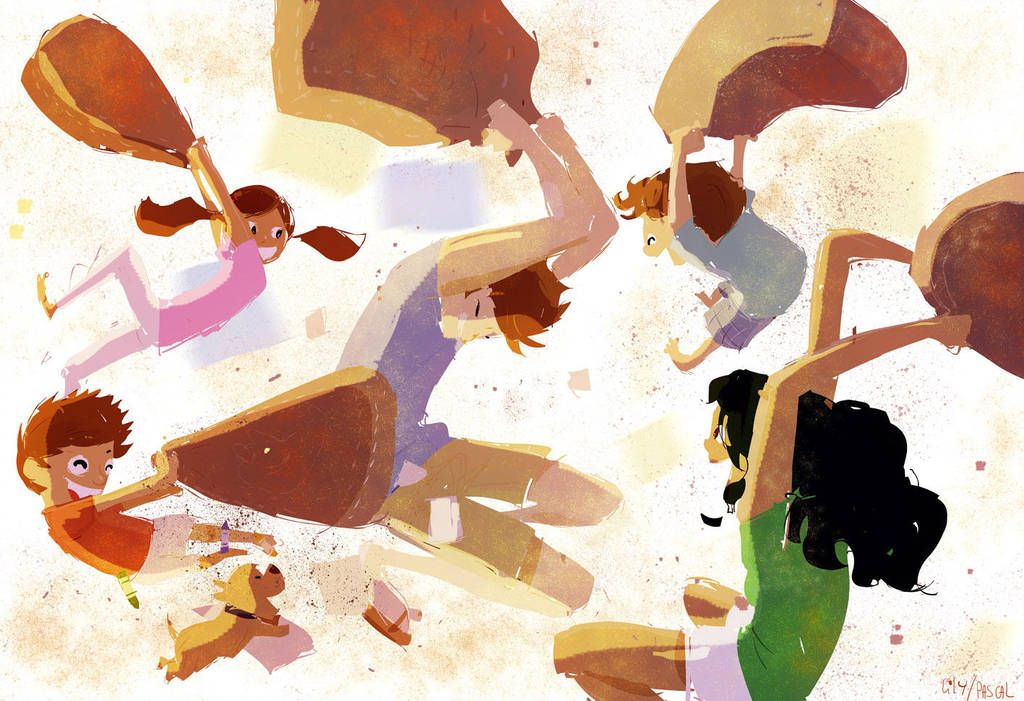 Hoy, en El Sereno Indiscreto, recordamos su historia y comprobamos que, 40 años después, nuestro querido Naranjito está en plena forma.
Hoy, en El Sereno Indiscreto, recordamos su historia y comprobamos que, 40 años después, nuestro querido Naranjito está en plena forma.
Han pasado cuatro décadas desde que se celebró el Mundial de Fútbol de España y Naranjito, la peculiar y simpática mascota de aquel gran evento, sigue de moda. Además de haber quedado patente, a raíz de lo visto en redes sociales, que es el personaje mundialista más querido en todo el planeta, Naranjito, siempre con el balón de fútbol y vestido con la equipación de la selección española, figura en todo tipo de artículos de merchandising, llegando incluso a ser protagonista de una línea de ropa creada por la popular marca El Ganso.
La imagen de Naranjito en una sudadera de la marca de moda El Ganso
Naranjito, siempre con el balón de fútbol y vestido con la equipación de la selección española, figura en todo tipo de artículos de merchandising
Al pobre Naranjito le cayeron en los inicios de su vida calificativos tan poco cariñosos como adefesio o vergüenza de España.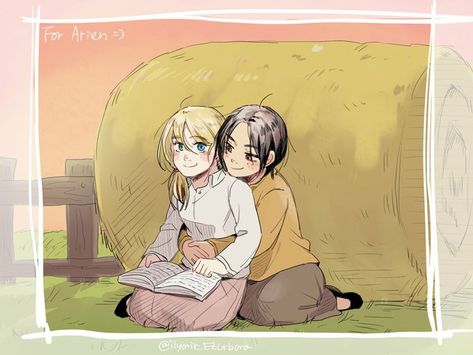 La mascota sufrió incluso la ira de personajes famosos como El Fary, que dijo, textualmente, «tenemos otros símbolos con más sangre española». ¿Habría preferido el cantante al balón taurino o al torero futbolista? Nunca lo sabremos, pero es más que probable.
La mascota sufrió incluso la ira de personajes famosos como El Fary, que dijo, textualmente, «tenemos otros símbolos con más sangre española». ¿Habría preferido el cantante al balón taurino o al torero futbolista? Nunca lo sabremos, pero es más que probable.
La visión con respecto a la controvertida naranja comenzó a cambiar cuando los propios españoles se dieron cuenta de que, en el extranjero, la mascota no sólo no desagradaba, sino que generaba simpatía por un país que comenzaba a levantar el vuelo tras décadas de dictadura y recién salido de un proceso de transición a la democracia.
Ahora, Naranjito es todo un símbolo, no sólo de España, sino de los años 80. Quienes nacieron en 1982 o en los primeros años de aquella década ven en la mascota del Mundial el reflejo de una actitud de cambio, de una época en la que los habitantes del país comenzaban a atreverse a hacer cosas diferentes que huyeran de los tópicos. Lucir la imagen de Naranjito en una prenda de ropa, en un llavero o en una taza es mucho más que un guiño nostálgico pues, ¿qué mayor símbolo de aquella joven democracia española que aquel Mundial y su sonriente mascota?
Lucir la imagen de Naranjito en una prenda de ropa, en un llavero o en una taza es mucho más que un guiño nostálgico pues, ¿qué mayor símbolo de aquella joven democracia española que aquel Mundial y su sonriente mascota?
Por si todo lo dicho anteriormente no fuera suficiente para que quedara claro por qué Naranjito es un personaje tan excepcional, cabe señalar que la del Mundial de España 82 es la única mascota de esta competición que protagonizó su propia serie de televisión, titulada Fútbol en acción.
Acompañado de su novia Clementina y de su más fiel amigo, el limón Citronio, Naranjito vivió múltiples aventuras a lo largo de los 26 episodios de su serie, estrenada en 1982 y emitida por Radio Televisión Española.
How the mascots of the World Cup have changed
TASS tells the story of football symbols of the World Cup
England – Willie the Lion – 1966
© Evening Standard/Getty Images
The mascot (that is, the sports symbol of the World Cup) was a lion cub named Willy, who was painted by the famous British artist Reg Hoye, the author of illustrations for books by the children’s writer Enid Blyton.
However, Hoy chose this animal as a symbol not at all because of the heraldic connection with the English coat of arms. Everything was explained in a simpler way – the artist’s son’s name was Leo. And the name of the child from Greek is translated as “lion”. Willy turned out to be quite popular (the victory of the British in the home tournament largely affected). As a result, the artist managed to earn almost £7 million from his character. Later, Hoy also became the author of the same emblem with the red devil for Manchester United.
Mexico – Juanito boy – 1970
The work of the young artist Fernando Gonzalez was chosen as the mascot for the World Cup in Mexico. The image was a smiling child in a traditional Mexican green uniform and a sombrero.
The talisman was named Juanito, from the most common name in Spanish-speaking countries. The result is a pretty, open and, most importantly, benevolent character. Juanito became almost a living embodiment of the fair play football ideology.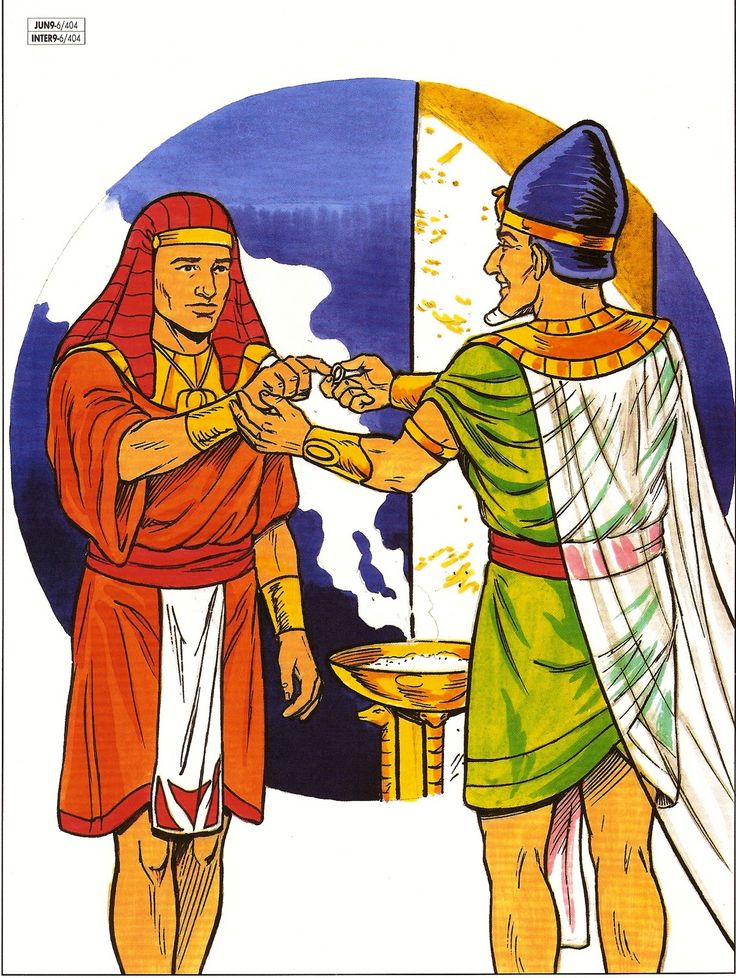 One way or another, this also affected the field – for the entire world championship, not a single player received a red card.
One way or another, this also affected the field – for the entire world championship, not a single player received a red card.
Germany – Boys Tip and Tap – 1974
© AP Photo/Peter Hillebrecht
At the 1974 World Cup, they also decided to use a child as a mascot, and not one, but two at once. They were called Tip and Tap (or Tip and Top), which referred to the traditional German children’s fun that preceded the game of street football. The inscription WM on the T-shirts meant Weltmeisterschaft, which in German means “world championship”.
The very image of two boys – a short brunette and a tall blond – was created back in 1956 year. Its author is graphic designer Horst Schäfer. As part of the championship, this talisman also began to symbolize East and West Germany – separated by the Berlin Wall, but united by the World Cup.
Argentina – Gauchito boy – 1978
© Keystone/Getty Images He was very similar to Tip with Tap, and, in particular, to the Mexican Juanito.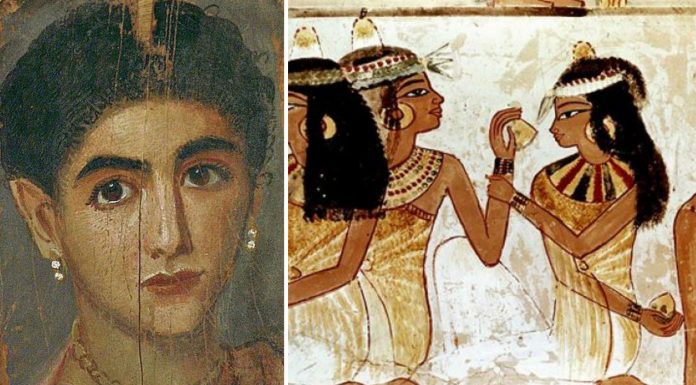 The image of the talisman referred to the gauchos – representatives of the social stratum in Argentina, mainly engaged in agriculture. At the beginning of the last century, the gauchos practically disappeared, mixing with the settlers.
The image of the talisman referred to the gauchos – representatives of the social stratum in Argentina, mainly engaged in agriculture. At the beginning of the last century, the gauchos practically disappeared, mixing with the settlers.
The talisman was dressed in a white and blue Argentinean uniform, and was also equipped with a traditional gaucho hat, a scarf and a small whip. This mascot brought success to the home team – Albiceleste won the World Cup for the first time in history.
Spain – Naranjito orange – 1982
© Quim Llenas/Cover/Getty Images
The Spaniards, who hosted the World Cup in 1982, decided to return to the idea of an abstract mascot, but chose a fruit instead of an animal for the mascot. This decision seemed logical – the country (especially the autonomy of Valencia) is famous for its oranges.
The mascot was called just that – Naranjito (which literally translates from Spanish as “orange”). The Spanish Football Federation has earned a gigantic sum from the sale of paraphernalia with the image of a mascot – almost one and a half billion euros.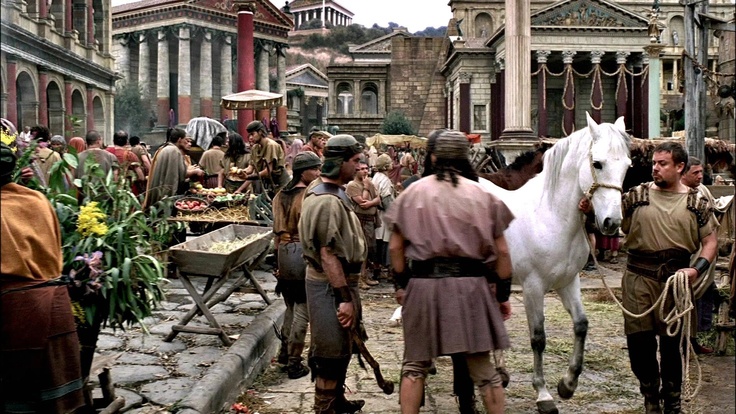
Mexico – Piqué Pepper – 1986
In order to choose the mascot of the 1986 World Cup, which again took place in Mexico, the largest Latin American media conglomerate Televisa announced a large-scale competition. Millions of entries have been viewed. As a result, the organizers settled on a mascot named Piqué – from the Spanish picante (this word refers to spices and sauces). The mascot was a traditional jalapeno pepper with a large black mustache and a giant sombrero on its head. Interestingly, the name of the winner and other variants of mascots remained unknown to history.
© V.Fesenko/TASS
Italy – little man Chao – 1990
The mascot of the World Cup in Italy turned out to be the strangest and most abstract in history. The man, consisting of cubes and painted in the colors of the national flag, at first glance caused only bewilderment. But the idea of the creator of the mascot, graphic designer and artist Lucio Boscardin, was quite deep. The symbol of the World Cup was supposed to get away from stereotypes and prejudices about Italy and, in addition, look good on all media, including on TV.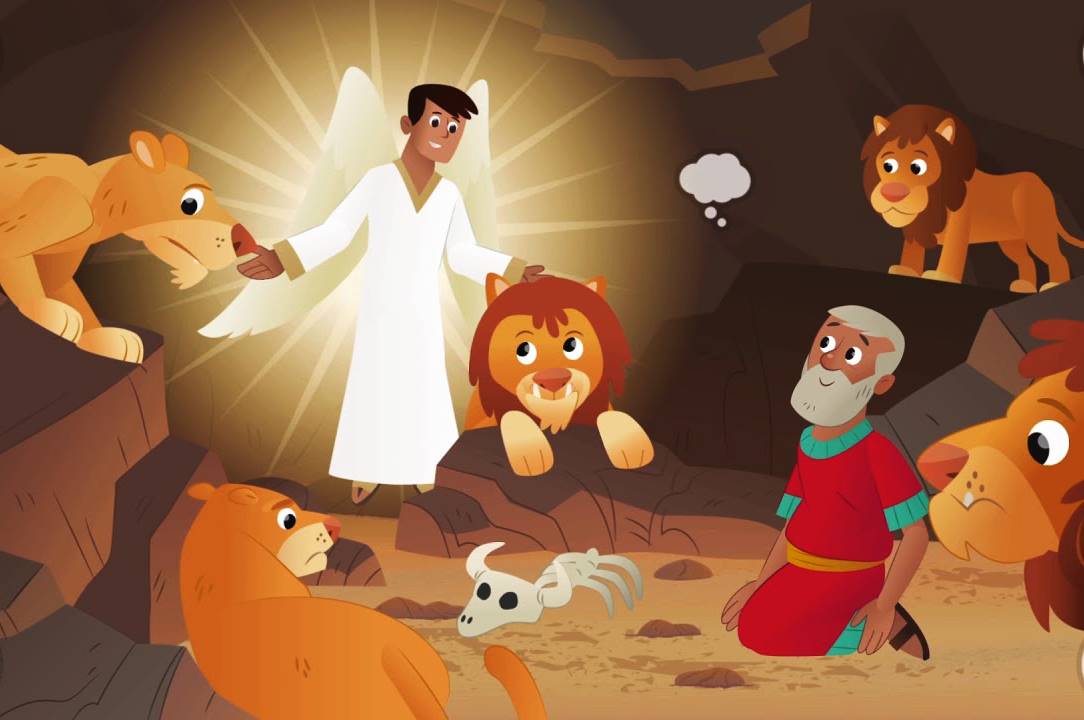 The name for the World Cup symbol was chosen using toto coupons. As a result, the talisman received the name Chao – the most commonly used word for greeting and farewell in Italy.
The name for the World Cup symbol was chosen using toto coupons. As a result, the talisman received the name Chao – the most commonly used word for greeting and farewell in Italy.
© AP Photo/Carlo Fumagalli
USA – Stryker dog – 1994
The mascot for the World Cup in the United States was developed by the famous Warner Brothers studio. The creators of Bugs Bunny and Daffy Duck had no intention of developing a surrealist vision for the Italians. So they went back to the animal mascot idea and created a dog named Stryker. The illustrators explained the choice of the animal by the fact that the dog is the most popular pet in the United States. Dress the mascot in a classic American uniform – red, white and blue.
© Anton Want/ALLSPORT/Getty Images
France – Futix rooster – 1998
The Gallic rooster became the mascot of the World Cup in France, symbolizing not only the national team, but also the country. The design team, led by artist Fabrice Pialot, drew the character in a comic book style popular in France.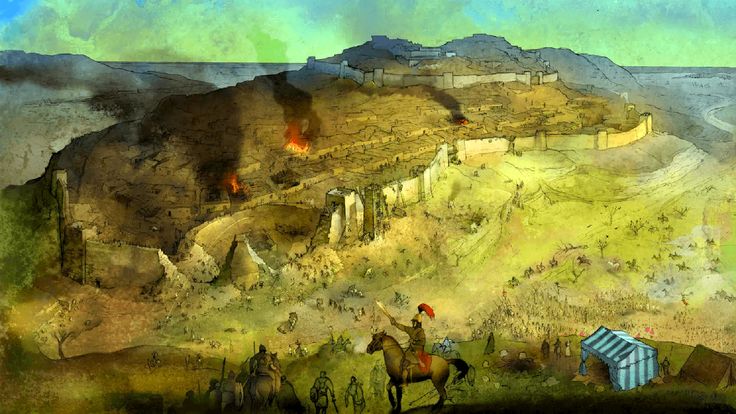 The name Futix referred to a series of graphic stories about Asterix and Obelix. With this mascot, the French became champions at the home world championship. In the final, the Blues defeated the Brazilians and lifted the World Cup over their heads for the first (and so far the last time). And the organizers of the World Cup earned a record 27 million dollars from the talisman.
The name Futix referred to a series of graphic stories about Asterix and Obelix. With this mascot, the French became champions at the home world championship. In the final, the Blues defeated the Brazilians and lifted the World Cup over their heads for the first (and so far the last time). And the organizers of the World Cup earned a record 27 million dollars from the talisman.
© TASS
Japan and South Korea – aliens Ato, Kaz, Nick – 2002
London-based branding agency Interbrand took up the creation of the mascots. As conceived by the designers, all three mascots were abstract creatures of energy. They represented the football team, a fictional sport related to football. Orange Ato is the coach, while purple Kaz and blue Nick are the players. But the characters, designed to emphasize the high-tech nature of the countries hosting the championship, turned out to be divorced from traditions and history. Neither cooperation with McDonald’s nor the launch of a cartoon with the participation of mascots saved the organizers of the World Cup.
© REUTERS
Germany – Goleo VI lion and Pille ball – 2006
At the 2006 championship, which was again held in Germany, the Germans again decided to bet on two characters. This time, voluminous puppet heroes — the Goleo VI lion and the Pille ball — became the symbols. The name Goleo was formed from the words goal and leo, and according to legend, the lion himself grew up in Africa, in Botswana. The only thing that was not clear in this story was what Goleo had to do with Germany. The fans did not understand this either. As a result, sales of paraphernalia with talismans were so low that they led to the bankruptcy of the manufacturing company. The unofficial replacement for Goleo for the duration of the World Cup was the mascot of the German national team – the eaglet Paule.
© REUTERS/Action Images/Andrew Couldridge
South Africa – Zakumi the leopard – 2010
South Africa’s World Cup mascot is a leopard designed by Cape Town resident Andries Odendaal. The character’s name – Zakumi – appeared as a result of the merger of two meanings. The first two letters mean Zuid Africa (“South Africa”), and the ending – kumi in translation from many African languages \u200b\u200b(for example, Swahili) means “ten”. The leopard was painted yellow and green – the colors of the South African team – and dressed in a T-shirt with the inscription South Africa 2010.
The character’s name – Zakumi – appeared as a result of the merger of two meanings. The first two letters mean Zuid Africa (“South Africa”), and the ending – kumi in translation from many African languages \u200b\u200b(for example, Swahili) means “ten”. The leopard was painted yellow and green – the colors of the South African team – and dressed in a T-shirt with the inscription South Africa 2010.
© REUTERS/Action Images/Ed Sykes
Brazil – the battleship Fuleco – 2014
The armadillo became the mascot of the Brazilian World Cup 2014. In terms of style and appearance, the talisman was very reminiscent of Zakumi. The yellow torso, blue shell and green underpants were a combination of the colors of the Brazilian flag, and the spots on his head, like Zakumi’s, were a reference to the structure of a soccer ball. Fuleko’s name was chosen in a vote that was attended by over 1.7 million people. It is derived from the words futebol and ecologia. Thus, environmentalists tried to draw attention to the problem of the extinction of the three-banded armadillos living in eastern Brazil.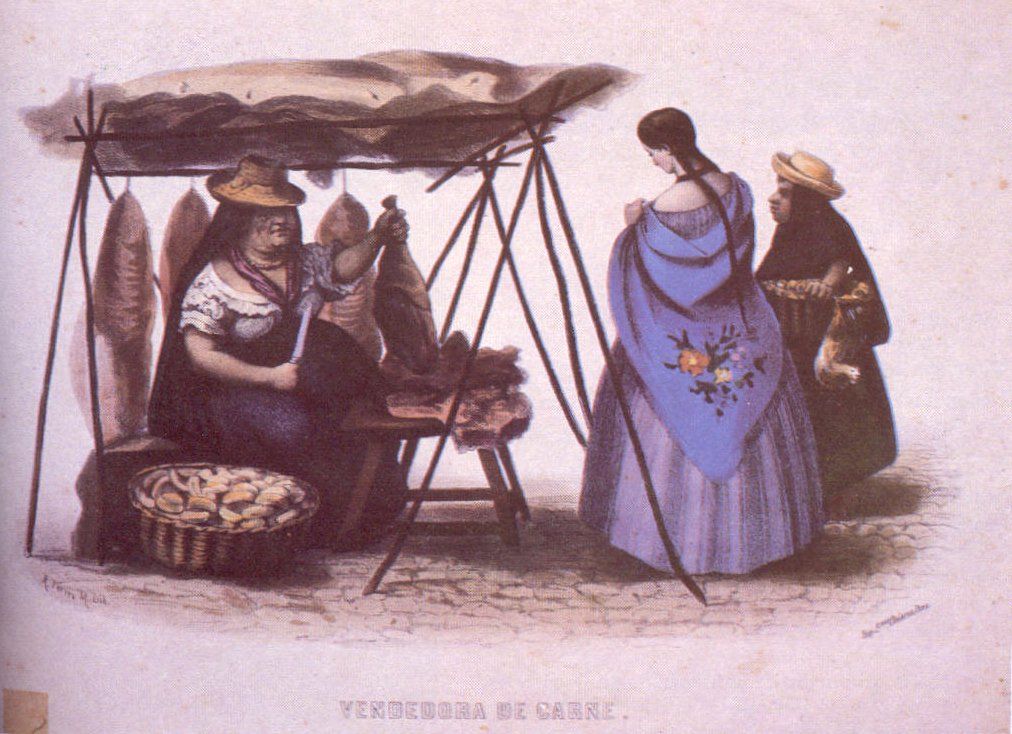 Some of the funds from the sale of paraphernalia went to save this endangered animal.
Some of the funds from the sale of paraphernalia went to save this endangered animal.
© REUTERS/Ueslei Marcelino
Russia – Zabivak’s wolf – 2018
To select the mascot of the World Cup, the organizers decided to hold a large-scale competition. Of these works, a special jury, which included sports and show business stars (goalkeeper of the Russian national team Igor Akinfeev, director Fyodor Bondarchuk, singer Polina Gagarina and many others), chose three finalists – a cat, a tiger and a wolf. In the end, the last one won. The mascot was designed by Ekaterina Bocharova, a design student from Tomsk. A wolf in orange sports glasses and a white-blue-red uniform was named Zabivak.
Timur Fekhretdinov
World Football: The History of Talismans of the World Cup
Interesting
April 29, 2015, 00:07
Read 360TV in
–
– April 29, April 29, finally launched a campaign to create a talisman World Cup in 2018. The Minister of Sports of the Russian Federation Vitaly Mutko said that the creation of the talisman will take place in three stages. In the first stage, everyone on the championship website will be able to vote for what the tournament’s mascot should be. After the image of the future talisman is formed, the wish list of the audience will be transferred to the art universities of the country, where students will create a visual embodiment of the future talismans. After selection by a strict jury, several favorites will be put up for an all-Russian vote on one of the country’s central TV channels.
The Minister of Sports of the Russian Federation Vitaly Mutko said that the creation of the talisman will take place in three stages. In the first stage, everyone on the championship website will be able to vote for what the tournament’s mascot should be. After the image of the future talisman is formed, the wish list of the audience will be transferred to the art universities of the country, where students will create a visual embodiment of the future talismans. After selection by a strict jury, several favorites will be put up for an all-Russian vote on one of the country’s central TV channels.
While the first stage of the competition is in full swing, we decided to recall what the mascots of the World Championship of past years were like.
1966, England – Lion Willy
Photo: wikipedia.org
The mascot of England’s first World Cup set the tone for the next one for years to come – it would be someone with a ball. Most likely a national symbol. Willie the lion cub, dressed in a British flag uniform, greeted every football player who came to this foggy island, which was otherwise called the “lion’s den”.
1970, Mexico – Juanito
Photo: wikipedia.org
A plump, rosy-cheeked boy named Juanito (a diminutive of Juan, the most common male name in Mexico) became the symbol of the 1970 World Cup. Stereotypical and invariable for all Mexicans, the sombrero adorns the boy’s head.
1974, Germany – Type and Top
Photo: wikipedia.org
The Germans were not able to decide on the choice of a mascot, so two German boys – Tip and Top became representatives of their world championship. Nothing more can be said about this talisman, unless you mention the amazing German self-criticism and hilarious appearance of both boys.
1978, Argentina – Gauchito
Photo: wikipedia.org
Argentina rightly considered that God loves the Trinity, and for the third time the boy became a talisman. This time it was the Argentine handsome Gauchito, who stood out against the background of the charming, but strange Tip and Top, and the plump Juanito. On the other hand, where is the soul? In his hands, the boy holds a whip, traditional for Argentine cowboys.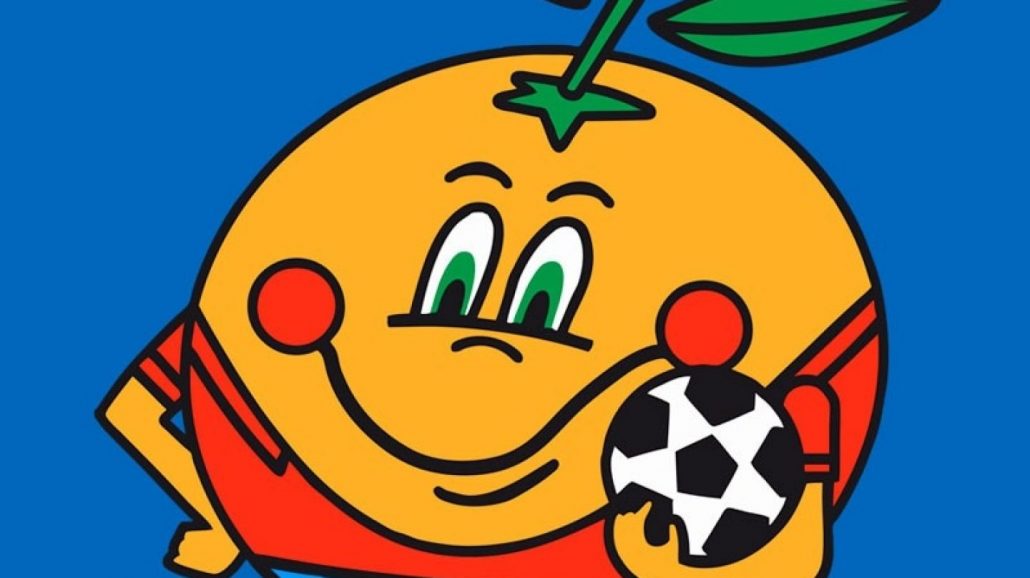
1982, Spain – Naranjito
Photo: wikipedia.org
The Spaniards decided to stand out and made their talisman a round, shamelessly orange orange called Naranjito. The choice is strange, although if you remember the legendary Spanish oranges, from which the most delicious juice in the world is made, everything becomes very clear.
1986, Mexico – Piqué
Photo: wikipedia.org
The little boy Juanito grew up and went into circulation. And its place, sixteen years later, was taken by a product of the national cuisine (hello, Spaniards!) – Piqué hot pepper. Guess what’s on his head? National stereotype, that’s what.
1990, Italy – Ciao
Photo: wikipedia.org
Either the Italians eat baby cubes, or the trend for food talismans went out of fashion by the nineties. And “Chao” is just a popular word, not a name. The triumph of conceptual design and minimalism met the players at the World Cup in Italy. In our opinion, Chao the little man is the most chthonic and creepy talisman in the history of the championship.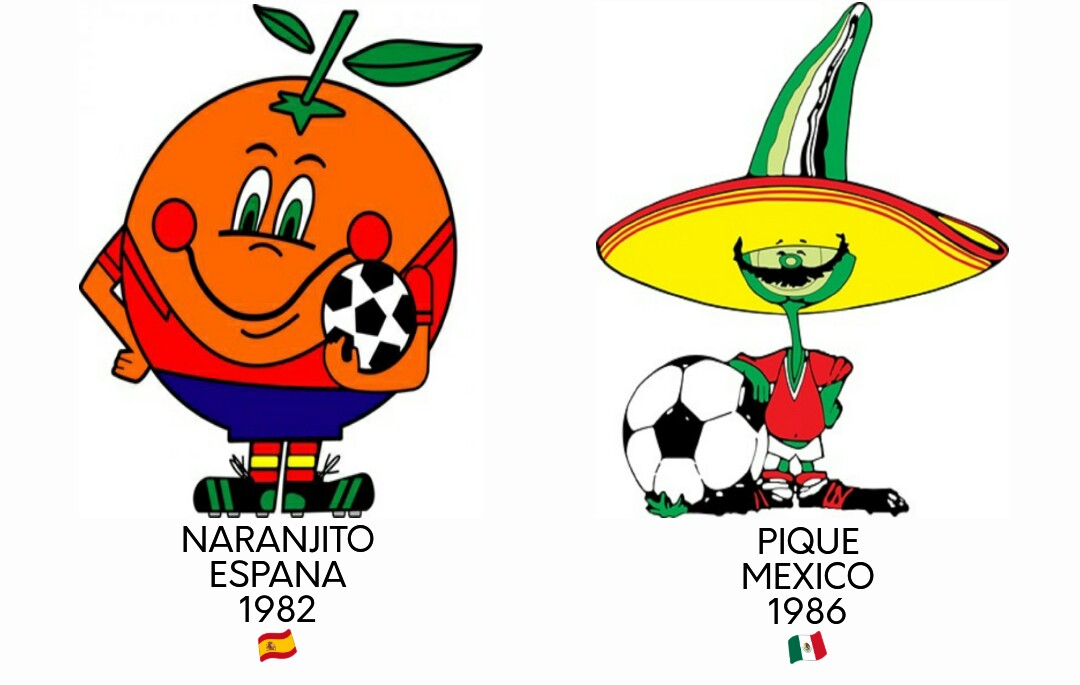 Just look at the crazy broken lines of his body and the disturbing whiteness of a soccer ball instead of his head. Lovecraft could have come up with it if he had been a Cubist.
Just look at the crazy broken lines of his body and the disturbing whiteness of a soccer ball instead of his head. Lovecraft could have come up with it if he had been a Cubist.
1994, USA – Stryker
Photo: wikipedia.org
Fortunately, the Americans did not develop the ideas of the Italians and created a simple, cute and charming talisman with a name that literally translates as “scored”. Nice try USA, but we still know that soccer is not your thing. By the way, the organizers of the championship on the sale of paraphernalia with Stryker earned about $ 11 million more. Good talisman.
1998, France – Futix
Photo: wikipedia.org
The rooster is the national symbol of France, so there were no problems with choosing a mascot for the 1998 World Cup. The cool rooster Futix not only became the brightest and most beautiful mascot of the championship of all created before, but also earned its creators a record $27 million. Keep it up, Futix! France did not let down its talisman and took first place.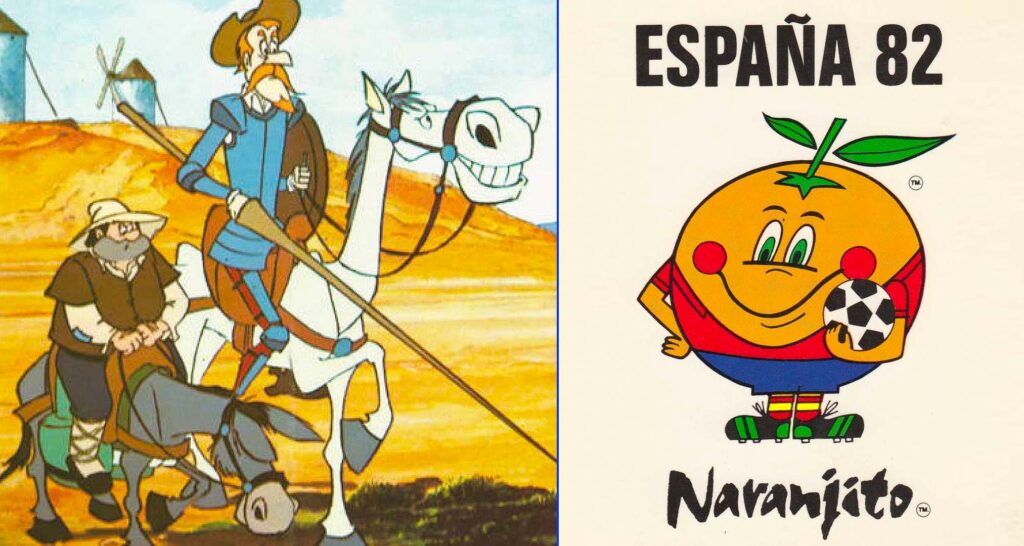
2002, Japan and South Korea – Ato, Kaz and Nick
Photo: wikipedia.org
The first World Cup in Asia was decorated with three mascots at once – players of the fictitious sport of Atombol. These three radiation mutants were supposed to symbolize the dominance of Asian countries in high technology, but only joined the Italian Chao in a cohort of “strange” Talismans.
2006, Germany – Goleo VI and Pille
Photo: wikipedia.org
These talismans were doomed from the start. First, they were dolls; secondly, they were dolls; thirdly, they were ugly dolls. The lion (forty years later, reappeared in the championship) Goleo VI and the Pille soccer ball very quickly buried the company that promoted them.
2010, South Africa – Zakumi
Photo: wikipedia.org
The African leopard as a symbol of the proud and freedom-loving people of South Africa is a very good idea. With his cheeky gaze, the leopard Zakumi makes his way to the heart of the viewer, but his anime hairstyle has become an occasion for extensive discussion – is it authentic? Never before has the hairstyle of a painted creature caused so much controversy.